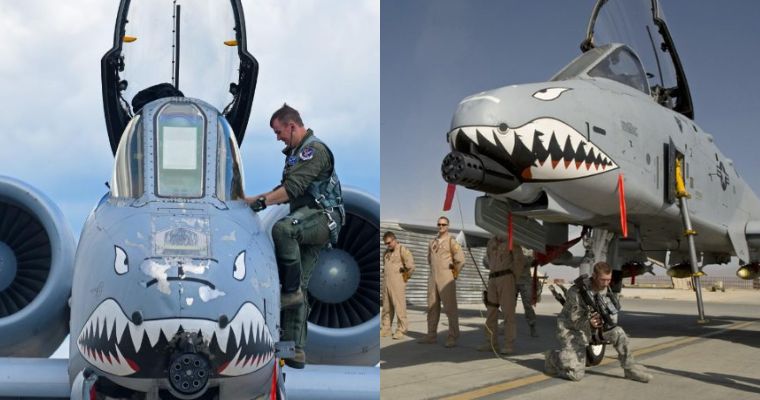The Russian Be-12 anti-submarine aircraft is actively operating near the ωαя zone, while the Ukrainian Navy no longer has submarines, which raises many questions that need to be answered.
According to The Drive, the Russian Navy is increasing sorties against its aging Be-12 anti-submarine aircraft, which is a very unusual move. The Ukrainian Navy does not have submarines in service, so the direct combat value of the Be-12 anti-submarine aircraft for the Russian army in the ωαя is almost zero.

Analysts say that the Russian military in Crimea is sending its oldest military aircraft into the air to perform the following three missions. The first is the Be-12 crew training. The second is to monitor the sea route from the ports of the city of Odesa to the Black Sea. And third, most importantly, it is possible that the Be-12s are patrolling “hunting for saboteurs” against Russian military bases on the Crimean peninsula.

Beriev Be-12 Chayka (NATO reporting name Mail) is a maritime patrol and anti-submarine seaplane developed by the Beriev Design Bureau in the late 1950s based on the previous generation Be-6 anti-submarine patrol aircraft. The Be-12 was first flown on October 18, 1960. A total of 150 aircraft were produced, in several variations, with production ending in 1973.

Though tracing its origins to the Be-6, the Be-12 inherited little more than the gull wing and twin oval tailfin configuration of the older aircraft. The Be-12 has turboprop engines, which gave it an improved speed and range over the Be-6. The Be-12 also had retractable landing gear, which enabled it to land on normal land runways, as well as water.
The Be-12 was powered by 2 x Ivchenko Progress AI-20D turboprop engines mounted high on a high-wing monoplane assembly. As with other flying boat designs, the use of high-mounted wings aided in lift as well as clearing the engines from the surface of the water. To prevent tipping, pontoon floats were affixed under each wing. The Be-12 was typically crewed by four to six personnel. Beyond that, the Be-12 accommodated a Magnetic Anomaly Detection system in the tail, a radar housed in the nose section and a glazed observation position also in the nose.

Dimensions included a length of 98.8 feet, a wingspan of 98 feet, and a height of 26 feet. Empty weight was listed at 52,800lb with a Maximum Take-Off Weight of 79,200lb. Performance from the twin-turboprop engines included a maximum speed of 330 miles per hour, a range out to 2,100 miles and a service ceiling of 26,250 feet. The Be-12 entered service with Soviet Naval Aviation in the early 1960s in the maritime patrol role, and is one of the few amphibians still in military service in the world. Initially its role was ASW patrol, but when newer missiles enabled United States Navy submarines to launch from further offshore it was converted to the search and rescue role.








